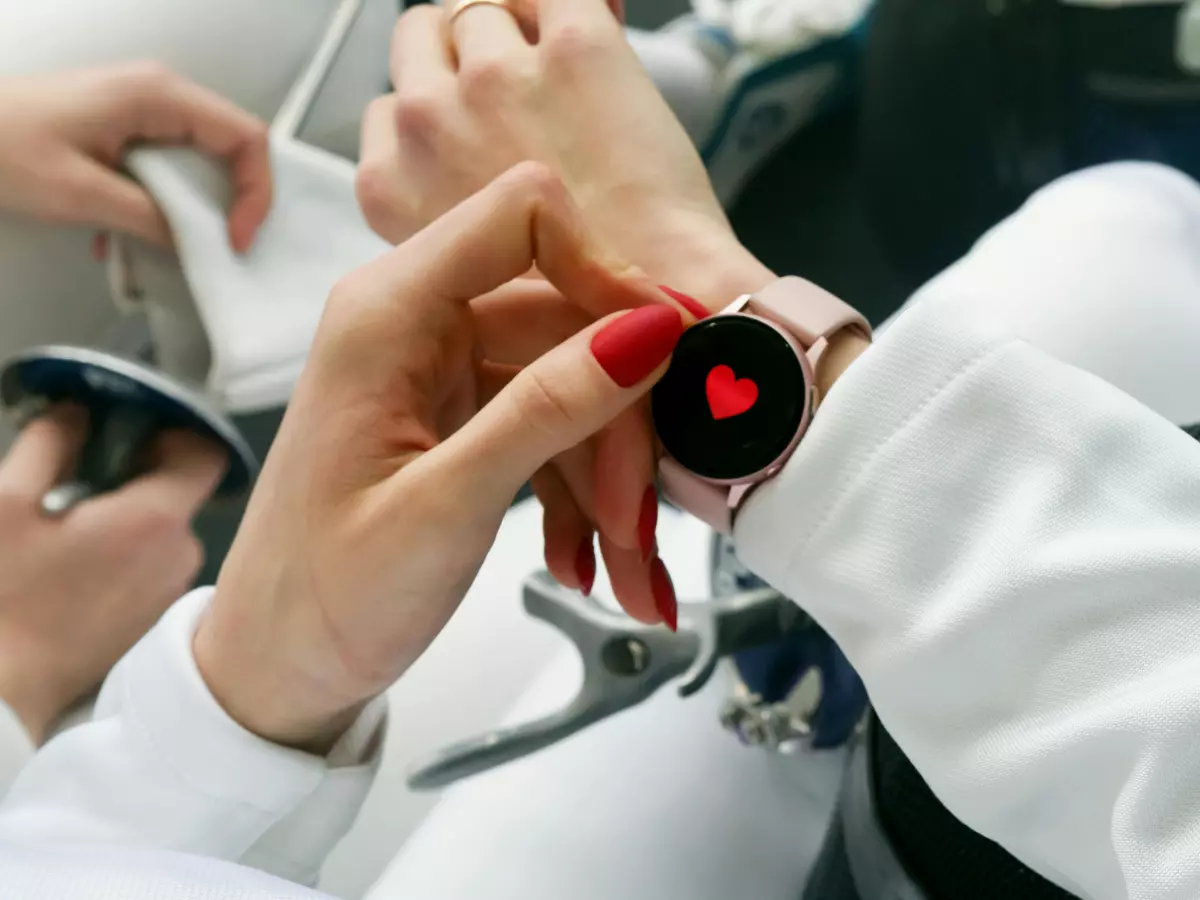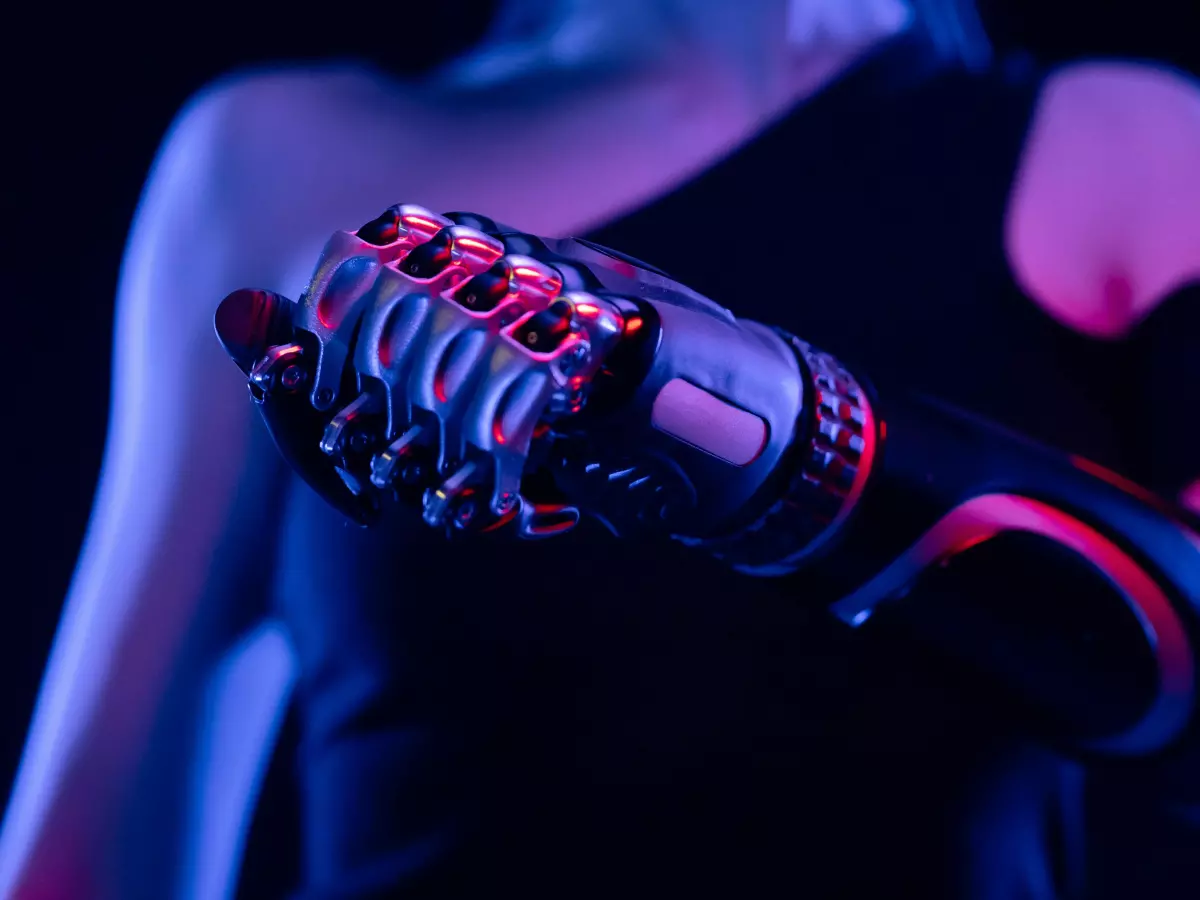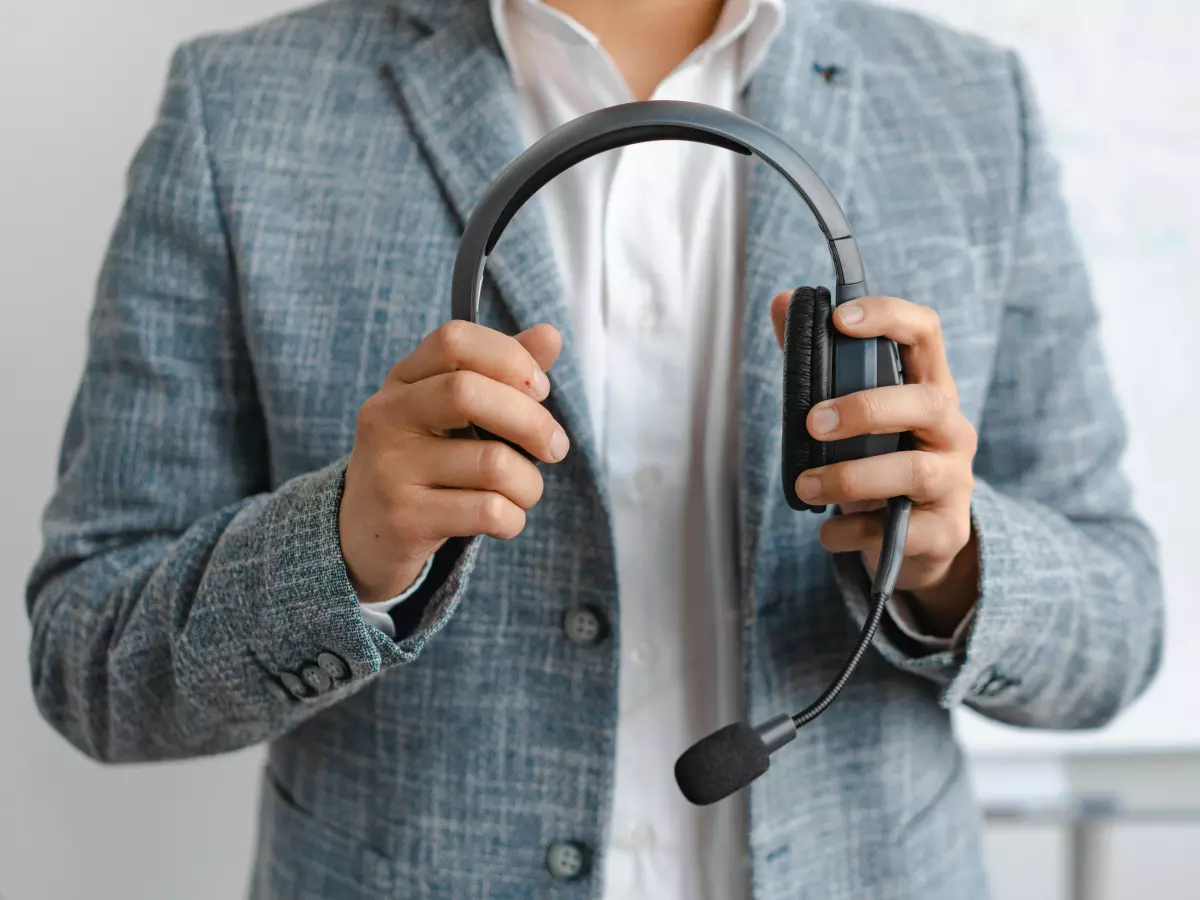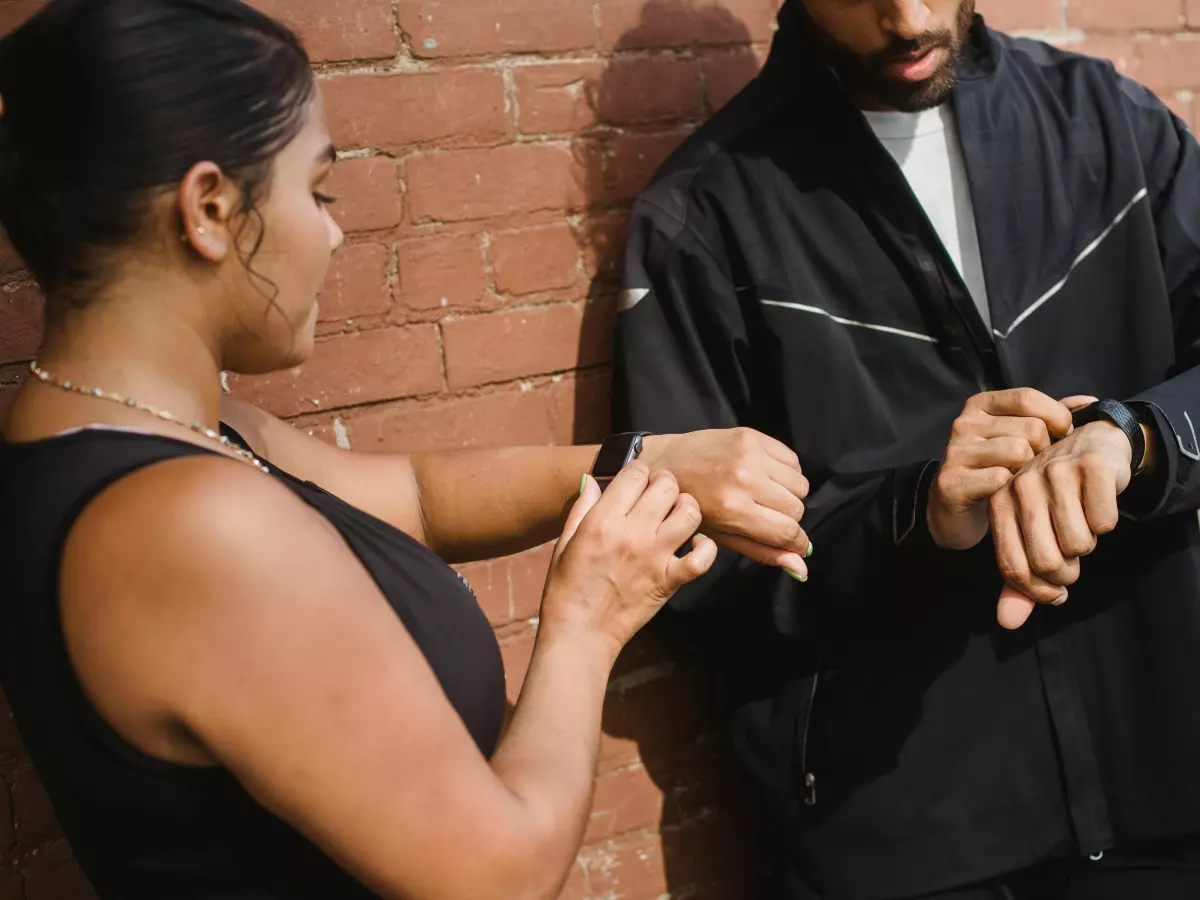Wearable Tech Breakdown
Imagine a world where your smartwatch lasts for weeks on a single charge, all while tracking your every move, heartbeat, and even your stress levels. Sounds like sci-fi, right? Well, not for long. The future of wearables is heading in that direction, thanks to the clever integration of sensors and software designed to optimize battery efficiency.
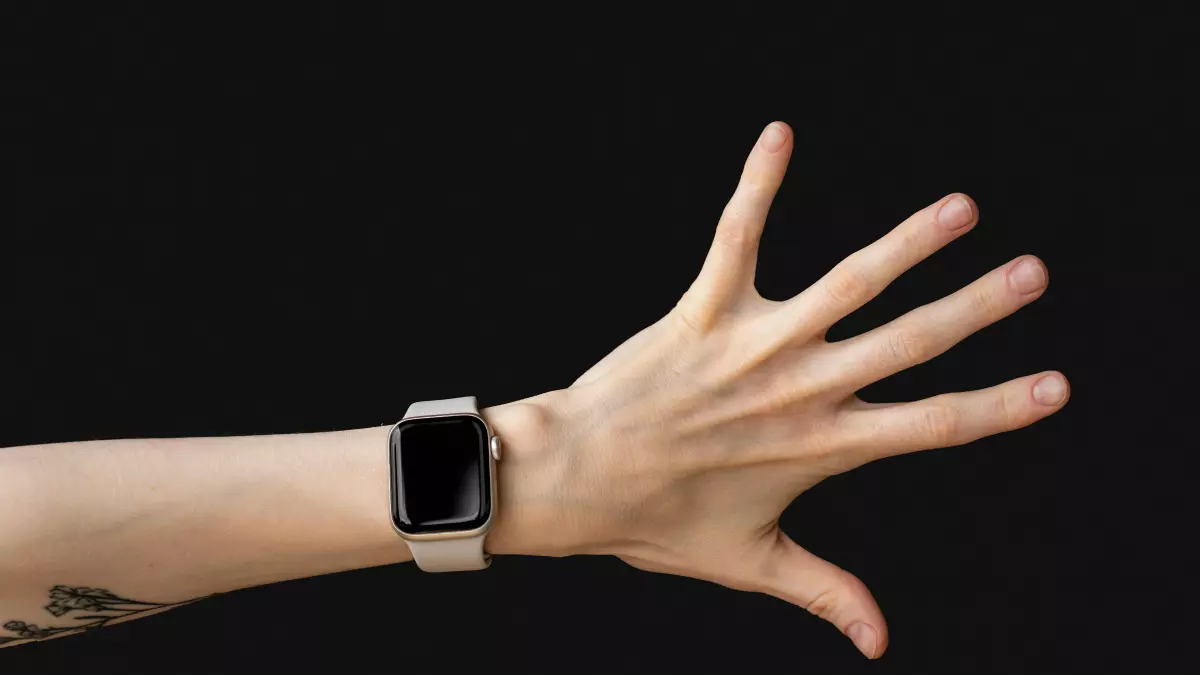
By Liam O'Connor
Today’s wearables are packed with sensors that monitor everything from your steps to your sleep cycles. But here’s the kicker: these sensors are also notorious battery hogs. Every time your smartwatch checks your heart rate or your fitness tracker counts your steps, it’s draining a little bit of juice. So, how do wearables balance the need for constant monitoring with the desire for longer battery life?
Let’s break it down. The key to this balancing act lies in how wearables use sensors and software together to manage power consumption. Sensors are the eyes and ears of your device, constantly collecting data. But the real magic happens when this data is processed by the software. The software decides when to activate sensors, how often to check for updates, and when to put them into a low-power mode. This is where the true efficiency comes into play.
Battery-Saving Sensors: What’s Under the Hood?
Not all sensors are created equal. Some are designed to be more power-efficient than others. For example, accelerometers, which track movement, are relatively low-power compared to GPS sensors, which are notorious for draining batteries. Wearables are now using a combination of low-power sensors and smart algorithms to minimize the energy consumption of high-power sensors like GPS. Instead of constantly running the GPS, the device might rely on the accelerometer to estimate your movement and only activate the GPS when it’s absolutely necessary.
Another trick wearables use is sensor fusion. This is where multiple sensors work together to provide more accurate data while using less power. For example, a fitness tracker might combine data from the accelerometer, gyroscope, and heart rate monitor to give you a more detailed picture of your workout without needing to run each sensor at full power all the time.
Software Integration: The Brain Behind the Sensors
Of course, none of this would be possible without the software that ties everything together. The software in your wearable is responsible for managing when sensors are activated, how often they collect data, and when they’re put into a low-power state. This is where machine learning and AI come into play. By analyzing your usage patterns, the software can predict when you’re most likely to need certain sensors and adjust their activity accordingly.
For example, if your smartwatch notices that you typically go for a run at 6 AM, it might start activating the GPS and heart rate monitor around that time, while keeping them in a low-power state for the rest of the day. This kind of predictive behavior helps to extend battery life without sacrificing functionality.
But it’s not just about when sensors are activated. The software also plays a crucial role in how the data from these sensors is processed. By using edge computing, wearables can process data locally on the device rather than sending it to the cloud, which saves both power and time. This is especially important for real-time applications like fitness tracking or health monitoring, where every second counts.
The Future of Wearable Battery Efficiency
So, what does the future hold for wearable battery efficiency? As sensors become more advanced and software becomes smarter, we can expect wearables to last longer on a single charge while providing even more detailed data. One promising area of development is energy harvesting, where wearables could potentially generate their own power from sources like body heat or movement. Imagine never having to charge your smartwatch again because it’s powered by your daily activities!
In the meantime, the combination of low-power sensors, smart software, and machine learning will continue to push the boundaries of what wearables can do without sacrificing battery life. So, the next time you strap on your fitness tracker or smartwatch, take a moment to appreciate the delicate dance between sensors and software that’s happening under the hood. It’s this integration that’s keeping your device alive and kicking for longer.
